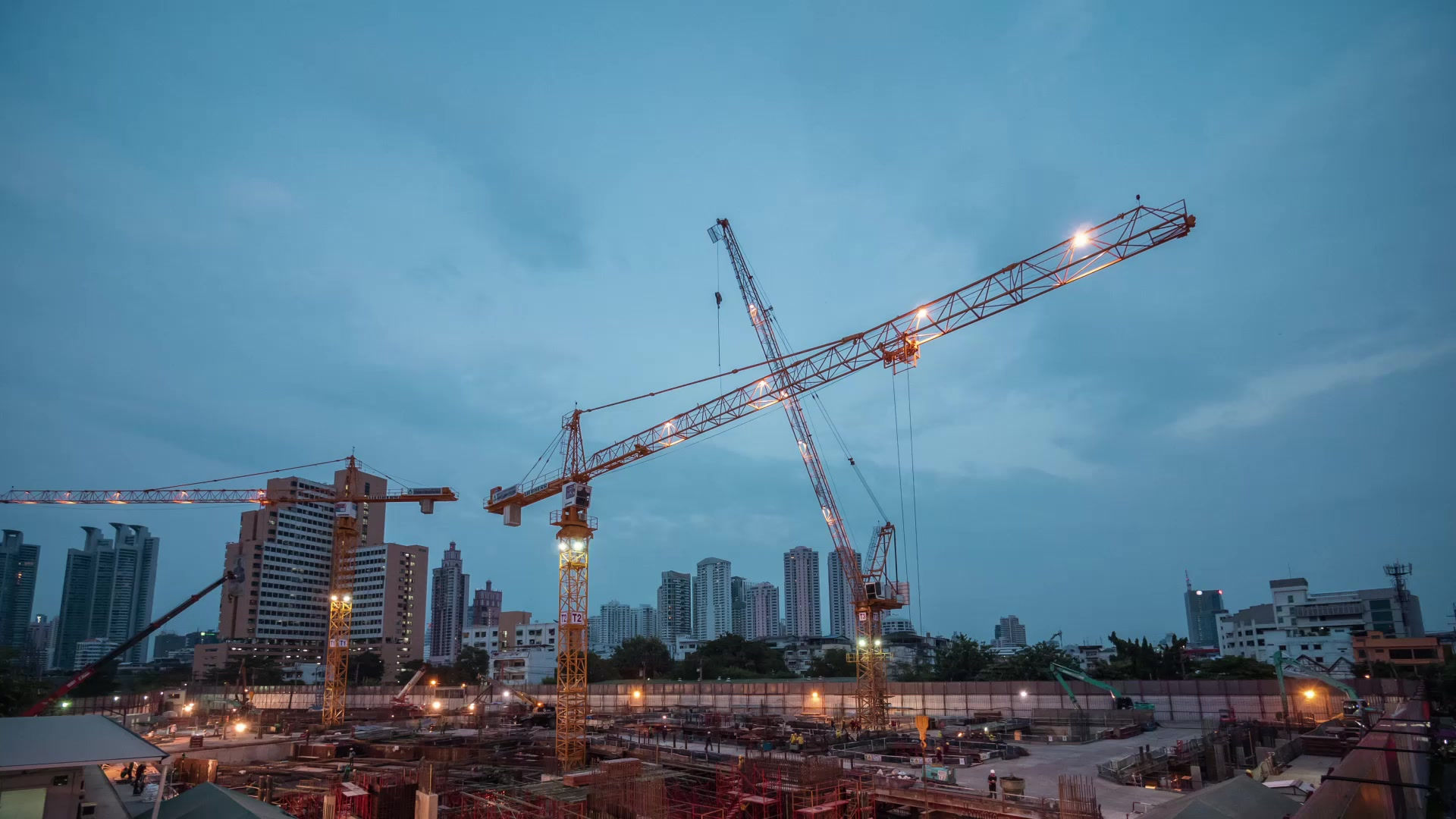
Hydro Demolition : Concrete Cutting : Concrete Removal


Storm, Hurricane & Emergency work
The United States is hit with hurricanes, tornado's, floods, and bad storm's multiple times a year; which damages America's infrastructure. Along with these storms, accidents occur such as a ships hitting bridges, semis hitting structures with their oversize loads, and bad concrete pours that end up needing the concrete removed, while the steel structure stays in place. We are the solution to you problem, in all of these scenario's.


Roads, Bridges, and Runways
Most new bridges are built with a life expectancy of around 75 years, however, normal wear and tear cuts that lifespan by around 30 years. Bridge decks in particular deteriorate faster than any other part of the bridge due to direct impact from traffic, weather, and application of different chemicals (e.g., de-icing chemicals). The stressor of elements, chlorides, and brines attacks metals which cause the steel rebar to corrode, and as a result, the concrete may crack.
It can be used for almost every part of the bridge, not just the bridge deck, including:
-
Abutment walls
-
Beams
-
Bearing foundations
-
Piers (pillars)
-
Parapet walls

Ports, Quays, Canals, and Locks
Ports, Quays, Canals and Lock are a vital part of a country’s infrastructure, and an engine for GDP growth. Normally, you will find activity in the port 24/7/365, where precision and efficiency are crucial. This means that any type of maintenance in connection with the port – for instance, the quays – requires a minimum disturbance so that “business as usual” may take place.
Quays are often located in an environment exposed to the weather and water, which causes the concrete age at a faster pace compared to more normalized circumstances. Quays typically consist of different concrete elements, such as the quay’s horizontal and vertical surfaces, pillars grounded in the water and sometimes a pier.

Stadiums, Warehouses, Parking Decks, and Emergency calls for concrete pours.
Hydro Demolition is a great way to repair these structures because of how tight and hard to reach the areas can be and the ability to control the dust, Most of these structures are located in residential areas, commercial centers or office buildings. This means that noise and vibrations caused by the garage structure repair will create disturbances.

Dams, Spillways, and turbines
Hydro Demolition is the preferred way to repair Dams, spillways, and turbines because the outer layer of concrete receives so much abuse but the rest of structure is sound. By using Hydro Demolition you can blast away any weakened concrete, expose and clean the rebar while creating an excellent surface for the new concrete to bind to. The challenge when restoring dams and turbines is that the structure is normally very deep and/or narrow, with spillways, draft tubes and turbine upgrades.

Nuclear power plants
Nuclear plants use concrete for most of their structures and these plants run 24/7 which wears on all the parts of the plant. Hydro Demolition is a great solution to restoring and structures that need to repaired in a timely manner. Instead of having to tear them down and rebuild which takes years.

Water & Sewer treatment facilites
Water and Sewer plants are made mostly of concrete, and these plants run 24/7 keeping our water flowing and removing the sewage from our cities. In this process the structures become beat up or need to be expanded. Hydro Demolition is a great option to resurface these structures or expose exciting rebar to tie into while extending the structures.